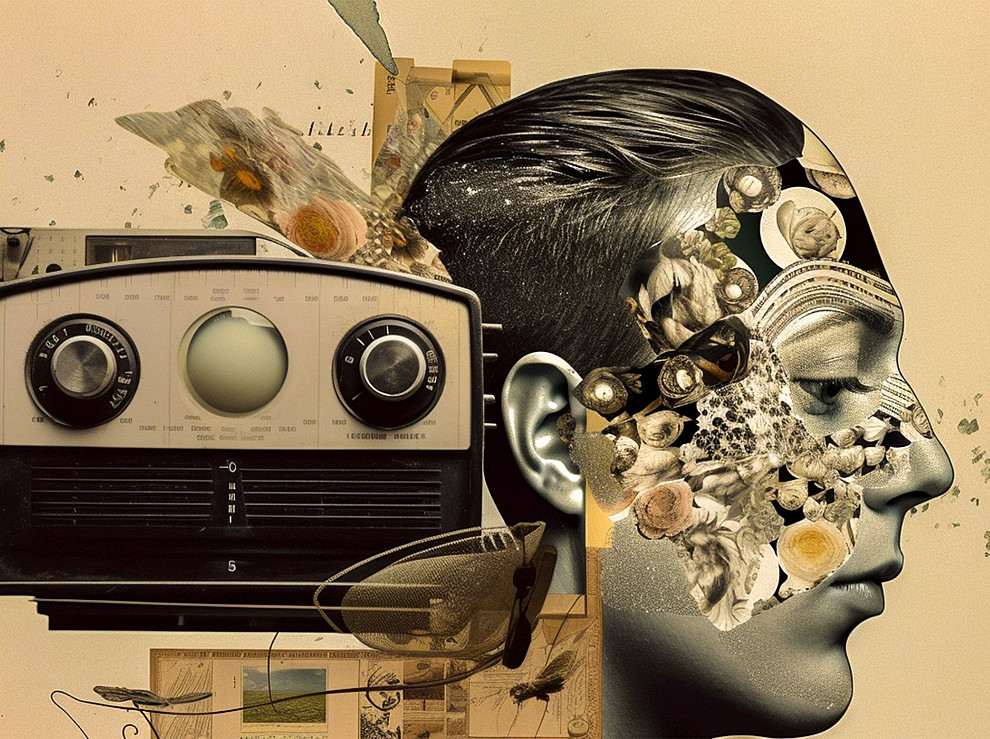The starting point for the research in Cluster 3 is a definition of perception which, based on sensory experience, also encompasses an expanded horizon of evaluation, judgement, and criticism. This approach will be developed and concretised in the individual subject areas within the context of aesthetic norms and truth claims, opinion formation, and options for action. In a humanities-based, interdisciplinary approach to research, an understanding of perception, expanded in this sense, is suitable for focussing on specific facets, aspects, and components of perception in context-dependent problem areas, opening them up and making them visible in their interaction. The categories of experience and truth act as transfer topics investigated across clusters.
In the first stage of the research work, the conceptual constellation of perception, communication and criticism in art and socio-political discourses will serve as an overarching bracket. The central research question here is: why, how, and to what effect are perceptions constructed, deconstructed, and manipulated by (communication) strategies, or certain patterns, norms, ambivalences, prejudices, and algorithms, etc.

How does art contribute to, or take account of, varieties of perception in spite of digital transformation? How does art make perception a subject for critical discussion? How does art contribute to a critical perception of reality, in particular through the inclusion of sensual, and non-verbal expression? How is the perception of people and nature expressed in art? What forms of critical and aesthetic judgement are of socio-political relevance? These and similar questions will initially be dealt with in three sections in the thematic area of perception within the context of art: 1. artistic perception as an expression of criticism; 2. perception in historical and art-critical discourses; 3. art as a possible field of experimentation for critical perception.

A further subject area is dedicated to the often expanded use of "naturalism" in the visual arts. Selected examples from various periods and cultural contexts will be used to examine the ways in which aesthetic characteristics and strategies, such as the detailed reproduction of an object’s individual characteristics, and the illusion of a momentary presence thus suggested, became effective strategies of authorisation, as promises of knowledge and truth. The guiding questions are: to what extent can such striking and recurring implications - such as the generation of evidence and knowledge, as well the generation of deception and illusion- be recognised as specific structures of naturalistic art and pictorial practice precisely in their apparent incompatibility? To what extent is scientific (natural) research, or its concepts, used as to justify and therefore influence processes of public opinion-forming and political action?
The examination of forms of communication that are capable of influencing or manipulating perception in a problematic way is another focal point in Cluster 3. The focus is on indirect communication, a particularly efficient means of manipulating perception. For example, how indirect communication is used to protect a certain content from criticism, and thus contribute to the background assumptions within discourse. Let's look at pejorative language, for example. A statement like "the Piefkes complained about the music" communicates more than "the Germans complained about the music": the former also communicates that Germans are despicable, while the latter does not. According to a widespread assumption, the use of pejorative language only communicates derogatory content indirectly. Since it is not easy to resist them, indirect communication is an efficient means of manipulating perception (such as the perception of certain groups of people).
Age and care form a further topic area. The critical examination of the identity category of age, which - like gender - is interpreted as a cultural construction, as well as the (un)just social organisation of care (care work, caring) is seen as the basis for enabling a "good life" for all phases of life. The following questions are addressed: what interactions exist between socio-demographic and socio-political developments and the perception of ageing? How are these depicted in literature and film, and how do these cultural representations feed back into the perception of what it means to be "old"? What perceptions underlie care relationships? How are these thematised in fictional representations (e.g. perception of suffering in Haneke's Amour, to name a well-known example...)?
Exemplary research topics at a glance:
- Perception in the Context of Art: Possibilities and Challenges of Criticism in Artistic Production and Reception (Susanne Kogler)
- "Naturalism" in the visual arts: Evidence production and illusion (Robert Felfe)
- Manipulation of perception through indirect communication (Katharina Felka)
- The Aesthetics of Age(ing): Body, Vulnerability, Care (Ulla Kriebenegg)
- (Musical) improvisation and ethics (Caroline Gatt)